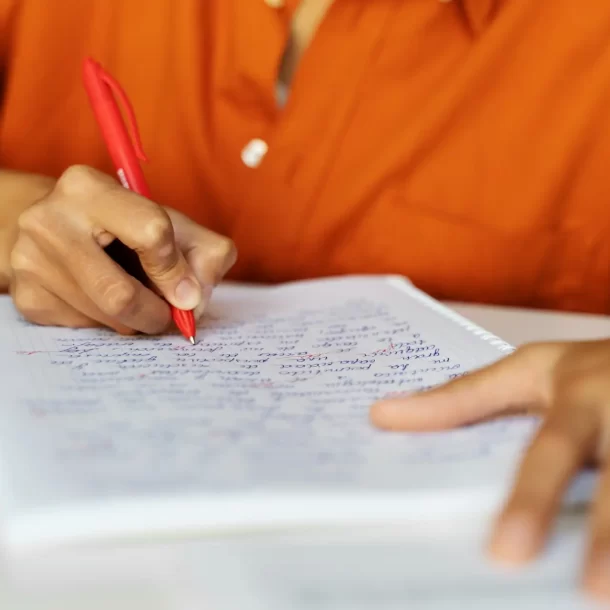
Let’s take a look at a question which shows us how GMAT tests rounding of numbers.
A set has 21 positive decimals, none of which is an integer, and the sum of the 21 decimals is .
The estimated sum of the 21 decimals, , is defined as follows. Each decimal whose tenths digit is even is rounded up to the nearest integer, and each decimal whose tenths digits is odd is rounded down to the nearest integer. If
of the decimals have a tenths digit that is even, which of the following is a possible value of
?
I. –13
II. –14
III. 0
IV. 4
GMAT is known to test your concept in this way. It is an example of how the higher level questions are created using the most basic concepts.
There is a lot of information in the question stem and a lot of variables are explained. Let’s review the given data in our own words.
The set has 21 decimals. The sum of all the decimals is .
7 decimals have even tenths digit. They will be rounded up.
14 decimals have odd tenths digit. They will be rounded down.
The sum of rounded numbers is .
can take many values so how do we figure which ones it cannot take? We need to find the minimum value
can take and the maximum value it can take. That will help us figure out the values that
cannot take. Note that
could be greater than
and it could be less than
. So
could be positive or negative.
Let’s try to make as small as possible. For that, we need to do two things:
1. When we round up the decimals (even tenths digit), the difference between actual and estimate should be very small. The estimate should add a very small number to round it up so that is not much greater than
. Say the numbers are something similar to 3.8999999 (the tenths digit is the largest even digit) and they will be rounded up to 4 i.e. the estimate gains about 0.1 per number.
Since there are 7 even tenths digit numbers, the estimate will be approximately more than actual.
2. When we round down the decimals (odd tenths digit), the difference between actual and estimate should be as large as possible (to get largest negative values). Say the numbers are something similar to 3.999999 (tenths digit is the largest odd digit) and they will be rounded down to 3 i.e. the estimate loses approximately 1 per number. Since there are 14 such numbers, the estimate is less than actual.
Overall, the estimate will be approximately less than actual.
Minimum value of
Now let’s try to make as large as possible. For that, we need to do two things:
1. When we round up the decimals (even tenths digit), the difference between actual and estimate should be very high. Say the numbers are something similar to 3.000001 (tenths digit is the smallest even digit) and they will be rounded up to 4 i.e., the estimate gains 1 per number. Since there are 7 even tenths digit numbers, the estimate will be approximately more than actual.
2. When we round down the decimals (odd tenths digit), the difference between actual and estimate should be very little. Say the numbers are something similar to 3.1 (tenths digit is the smallest odd digit). They will be rounded down to 3 i.e., the estimate loses approximately 0.1 per number. Since there are 14 such numbers, the estimate is approximately less than actual.
Overall, the estimate will be approximately more than actual.
Maximum value of
The minimum value of is –13.3 and the maximum value of
is 5.6
So, can take the values –13, 0 and 4 but cannot take the value –14.
Here is a video discussing how numbers are placed on the number line.

Founder, sole curriculum creator and webinar instructor for ANA PREP, Karishma has been working in the test prep industry for almost 20 years now, of which 15+ are in GMAT exam preparation. She is an expert of Quant, Verbal and Data Insights and is known for her simple and elegant solutions. Her venture, ANA PREP, is one of the best GMAT online coaching platforms. Contact her at karishma@anaprep.com
See how GMAT tests rounding decimals and learn strategies to identify the minimum and maximum values accurately.
https://anaprep.com/number-properties-question-on-rounding-of-decimals/
Explore how to recognize and use terminating decimals to your advantage when tackling number properties questions.
https://anaprep.com/number-properties-terminating-decimals-application/
Review real GMAT-style rounding questions that highlight common traps and how to avoid them.
https://anaprep.com/number-properties-official-questions-on-rounding/